
PRIDE IN THE PAST, FAITH IN THE FUTURE – MONTEREY PARK
This blog entry is about the Los Angeles County community of Monterey Park.
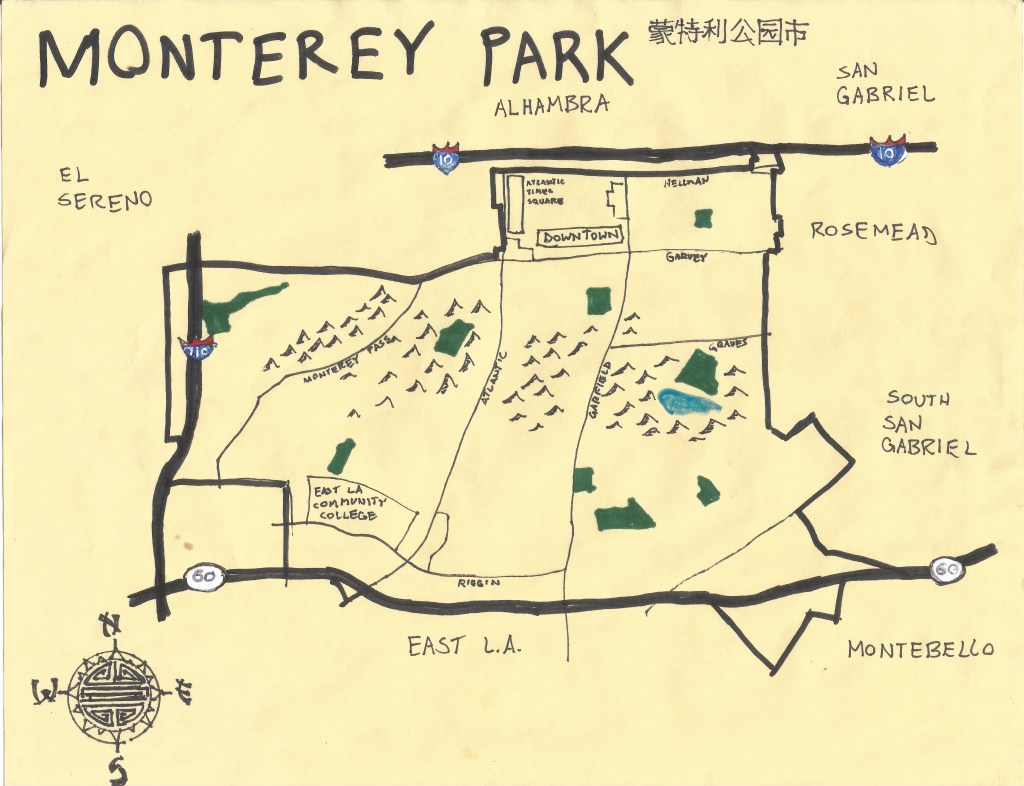
Monterey Park is located on the western edge of the San Gabriel Valley — at the junction of the Eastside and Southeast Los Angeles. It is surrounded by Alhambra to the north, San Gabriel to the northeast, Rosemead to the east, South San Gabriel to the southeast, Montebello to the south, East Los Angeles. to the southwest, and Lincoln Heights to the west.
The old business district is centered around the intersection of Garvey and Atlantic. In recent years, most of the construction development has been around Garfield and Garvey. Today, the population of Monterey Park is roughly 61% Asian (38% Chinese, 18% Vietnamese, and 5% Japanese ), 29% Latino of any race (23% Mexican) and 7% non-Latino white.
The area that now makes up Monterey Park was historically inhabited by the Tongva people. By 1870 most had died off from exposure to diseases introduced by the Spaniards. Sometime later, Alessandro Repetto purchased 5,000 acres of Rancho San Antonio. After that, a US Army mail rider named Richard Garvey built a dam to form Garvey Lake and further developed the area. In 1906, the first subdivision, Ramona Acres, was developed.
In 1916, the city of Monterey Park was voted into existence. In the 1920s, the largely Caucasian community was joined by an influx of Japanese potato farmers and nursery operators. In 1920s, Montebello broke away and became its own city. The new immigrants churched up an un-named trail that was frequently featured in westerns which connected Monterey Park to Los Angeles. Resident Masami Abe named the trail “Coyote Pass.”
Developer (and Greek immigrant) Peter N. Snyder (dubbed the “Father of the East Side“) took part in major undertakings designed to attract business and residents to the Eastside community, including major developments along Atlantic Boulevard and the construction of Jardin del Encanto (aka “el Encanto”) and the 20-meter-long Cascades Waterfall. The hope of developers was to create a city to rival Beverly Hills and Bel-Air and Monterey Park was touted as the “Beverly Hills of the Eastside.”

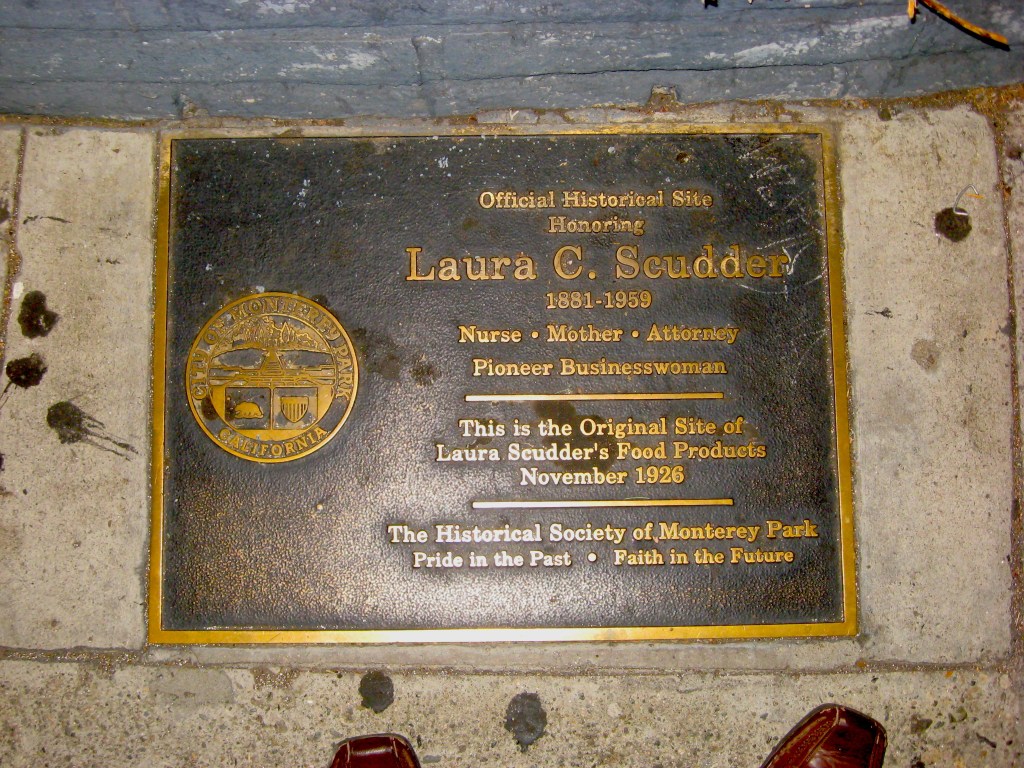
One of those drawn to this Beverly Hills of the Eastside was Laura Scudder. She opened a grocery store, Laura Scudder’s Food Products at the corner of Garvey and Atlantic. She invented the potato chip bag, a major improvement over the wooden barrels and metal cans previously used to package them.
When the Depression came, insurers denied insurance for Scudder’s delivery truck. Development of Monterey Park also ground to a halt. It wasn’t until after World War II that the town began to grow again although it seems to have been a quiet suburb where not too much of note happened until Johhny Thompson opened his guitar shop in the 1960s.

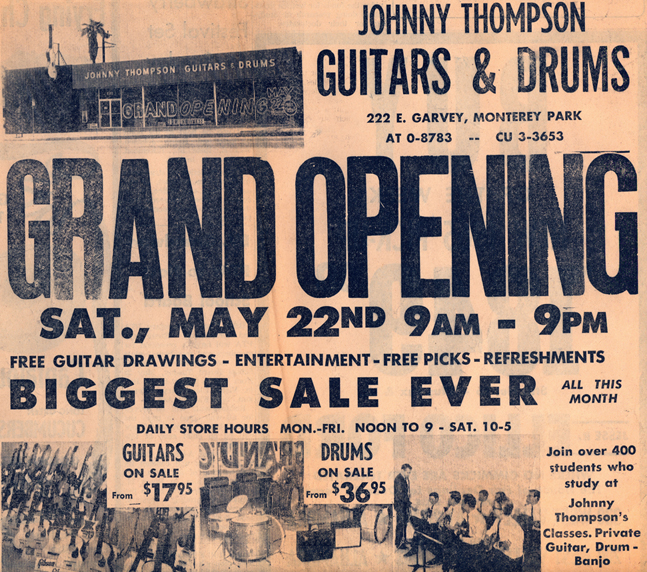
Then, something started happening in the the 1970s. Large numbers of Monterey Park’s older residents moved elsewhere. The void they created was largely filled by large numbers of newly arrived Taiwanese immigrants. Realtor Frederic Hsieh promoted Monterey Park in Taiwan and Hong Kong as the “Chinese Beverly Hills” and many Chinese businesspeople subsequently moved to the area. A donut shop was replaced by a Chinese bank; the Paris Restaurant, where an old-timers’ club (the Kaffee Klatch) had til then met for breakfast became a Vietnamese seafood restaurant. A gas station displayed a sign which read, “Will the last American to leave Monterey Park please bring the flag?” Ever since, the city has been thoroughly dominated by Asian Americans.
In the 1980s, the city became known informally as Little Taipei or, jokingly, Mandarin Park. By the end of the decade, many Vietnamese and mainland Chinese had moved to the area and further changed the identity so that it was no longer a mainly Taiwanese-American city.
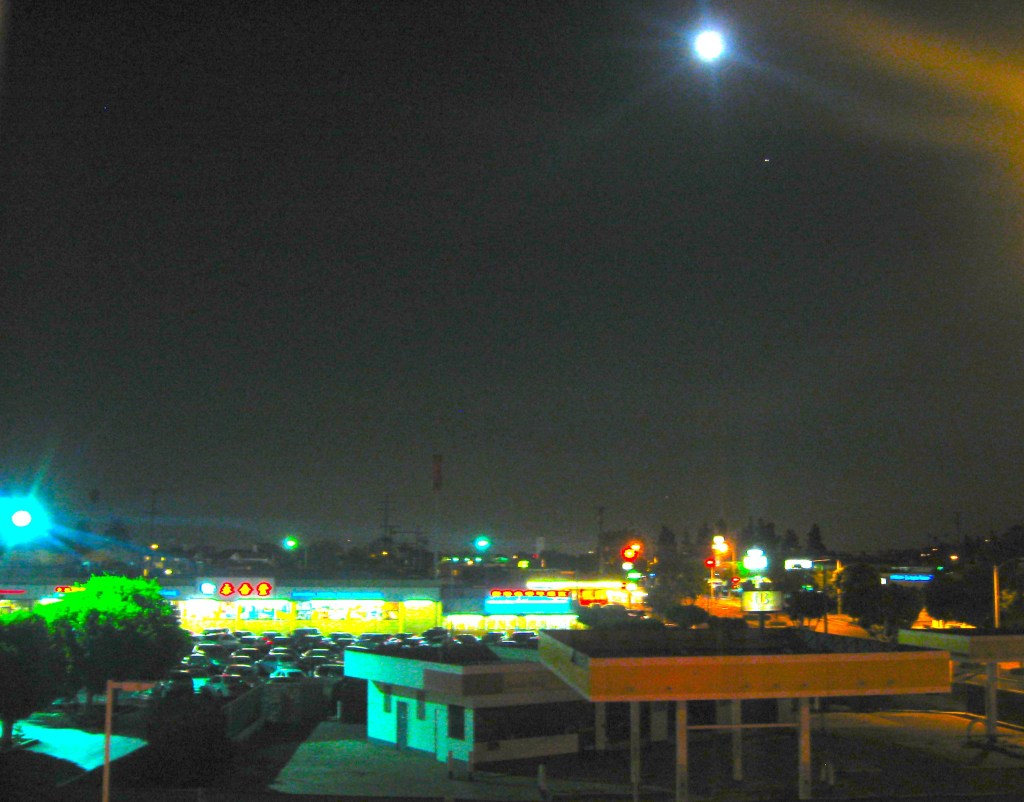
Tensions again flared between the Asian Americans and older residents in 1985 when Barry Hatch and Frank Arcuri circulated a petition drive to put on the ballot a measure declaring English as the official language of the city. Arcuri, an Italian American who fancied himself a protector of Monterey Park’s identity, had moved to the suburb in 1972 and he published a local paper. In a radio interview he explained:
“I’ve always lived in cities that had mixed communities. I’ve avoided ethnic communities. I never would have felt comfortable … Now all of a sudden, to have a group come to our city, which in this case is Chinese people, with enough money so they can buy our city, buy our economy, and force their language and culture down our throats, this is what is disturbing to people in Monterey Park.”
The city then passed an ordinance that all signs had to be written in English. Many business owners simply responded by relocating to adjacent Alhambra and Monterey Park suffered. It didn’t take long for Monterey Park to regret and rescind their decision and now the neighborhood is full of signs in Chinese, often in colorful neon.
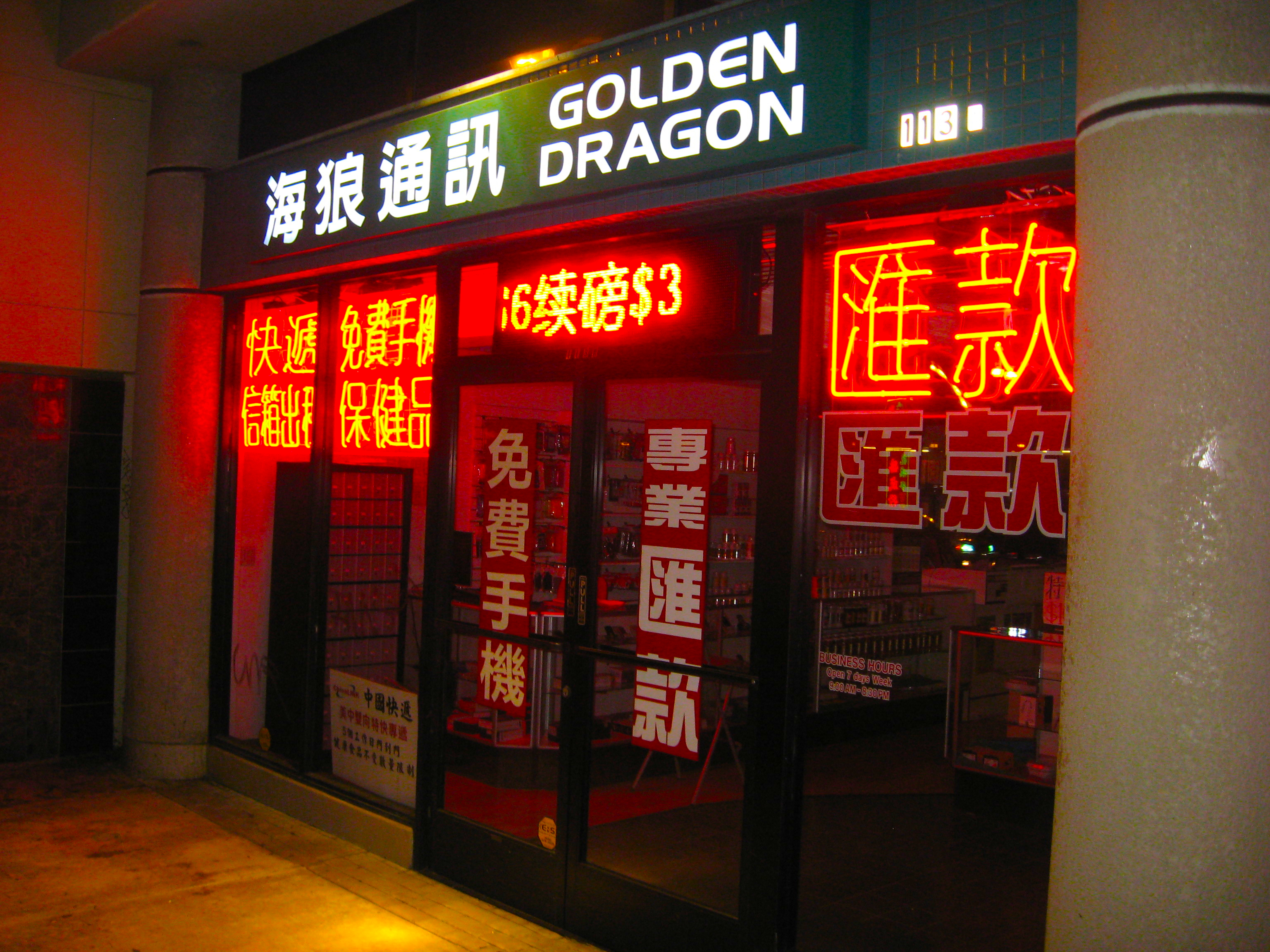



In 1990, the city became the only city with an Asian majority in the continental United States. Cantonese replaced Mandarin as the dominant language of the citizenry. Many of the wealthy, established Taiwanese relocated to surrounding communities like Chan Marino, Arcadia, Temple City, Rowland Heights (The “New” Little Taipei), Walnut, Hacienda Heights, and Diamond Bar. When I first moved to Los Angeles, I was surprised (after having first been exposed to the tiny, touristy Chinatown) to find vast Chinese communities to the east, in the San Gabriel Valley, with restaurants specifically focusing on various Chinese cuisines.
Today, Monterey Park is the number one culinary destination for a lot of fans of mainland Chinese food in the Southland. I’ve eaten more times than I can count at JJ Café, Happy Family and Thai Paradise. I can also vouch for Bollini’s Pizzeria Napolitana. I’ve also been to Ocean Star (see picture above). Many regional cuisines are represented, as well as non-Chinese restaurants, including: ABC Cafe, Armando’s, Boiling Point, Bonmarche Bistro, Capital Seafood, Charming Garden, Chinese Times, Chung King, City Café, Cocary Bar-B-Q Restaurant, Daikokuya, Dim Sum Express, Ding’s, Duck House, Dumpling Master, 828 Seafood, Elite, 翠亨村大酒樓 Empress Harbor, F C Shuanghai, Giang Nan, Global Unified Chinese, Golden City BBQ, Golden Dragon, Good Shine, H&M Dumpling, Hanashima, Happy Buffet, Har Lam Kee, Hengyang Chili King, Hoa Noodle, Hong Kong Café, Hot Pot Hot Pot, Hunan Restaurant, Jingnan, Kam Hong Garden, Kim Fung, Kim Tar, Lake Spring, Lin’s Bakery, Little Fat Sheep, Look You, Lu Din Gee, Lucky City, Lucky Dragon, Luk Yue, Lyl Gardens, L’Amour Café, MD King’s Buffet, MPC Express, Mama’s Lu Dumpling House, Magic Noodle, Mandarin Deli, Mandarin Noodle House, Mexicatessen, My Way Deli, NYC Seafood, Nan Cha Tei, Noodle City, Open Door, Osho Sushi, Paul’s Kitchen, Pho Ga Bac Ninh, Pho Ltk, QQ Yogurt, Qingdao Bread Food, Restaurant Sasuke, Saigon, Sakula, Sam Woo BBQ, Sarah’s Café & Deli, Shau May, Shin-Sen-Gumi, Sorafune, Sushi Sai, Tofu House, 避风塘 Seafood Village, V P Tofu, Victory French Restaurant, Yei Mi Chinese Pastries, Yumcha Café and Yun Chuan Garden
As for bars in Monterey Park, most are of the sushi variety. The only clubs or bars I could find were Silk Lounge and The Venice Room.
The Venice Room opened in 1955 and moved to its present location, around the corner, in 1958. The main draw is also karaoke. When I went, the clientele was mostly middle-aged Latinos. Pictures on the wall document visits from The Doors’ John Densmore and AC/DC’s Chris Slade as well.
The Silk Room also has karaoke but otherwise is completely different. Located on the second floor of the Lincoln Plaza Hotel, it’s upscale and modern and has a large patio with fire pits. The selection of karaoke songs is massive and mostly in Chinese. One of the patrons, J— T— (he asked me not to include his full name) spoke of hostess bars and booking clubs that you won’t find on Yelp, but for the most part, you have to venture to neighboring communities for nightlife that revolves around more than late night dining or playing video games at the former site of Heavy Noodling.
Putting aside karaoke for a second, Monterey Park is home to several music performers, I’m sure. The first one I think of is my friend Stella Tran’s mom, who sings Chinese Opera, but that’s invite only. There’s also the Monterey Park Concert Band. Back in the day there was a small but vibrant punk scene that included local bands like Black Jax and Moral Decay. Other than that, it seems that unless you want to listen to students practicing piano or violin in their homes, you’ll probably want to go to a neighboring community for music as well.
As the first Asian majority city in the continental US and cultural heart of Asian America, you’d maybe expect more to highlight that — as is done in neighboring East Los Angeles for Mexican Americans. There is, though, no Asian American Walk of Fame, no Monterey Park Night Market, and no betel nut kiosks. For the most part, there are merely occasional cultural festivals. I went on the night of 中秋節, the Chinese harvest moon festival. They celebrate it in San Francisco‘s Chinatown and there were moon cakes for sale but otherwise it was a quiet night in Monterey Park with people out walking or eating into the wee hours. I did see banners for the coming St. Stephen the Martyr Day Fest, coming soon.
In Garvey Ranch Park, there’s the Monterey Park Historical Museum and Garvey Ranch Observatory. At the latter, astronomy nerds were gathered to look at the harvest moon.
Monterey Park has many parks, including Bella Vista Park, Cascades Park, Edison Trails Park, George Elder Park, Highlands Park, La Loma Park, Langley Sr. Center & Park, Pine Tree Park, Sequoia Nachi Gardens, Sierra Vista Park and Sunnyslopes Park & Brightwood Cafetorium.
Barnes Park, is the park of Monterey Park’s parks. It hosts Chinese New Year celebrations, the annual Cherry Blossom Festival in April, Cinco de Mayo in Mayo, Play Days (Monterey Park’s birthday celebration — also in May), In October, the same park hosts the Green Fest, The Artistans’ Faire and the Harmony Festival. The Harmony Festival includes both a car show and film festival… Naturally I thought something would be going on there for the Mid-Autumn Festival. There wasn’t… except a group of guys practicing martial arts.
MONTEREY PARK IN FILM
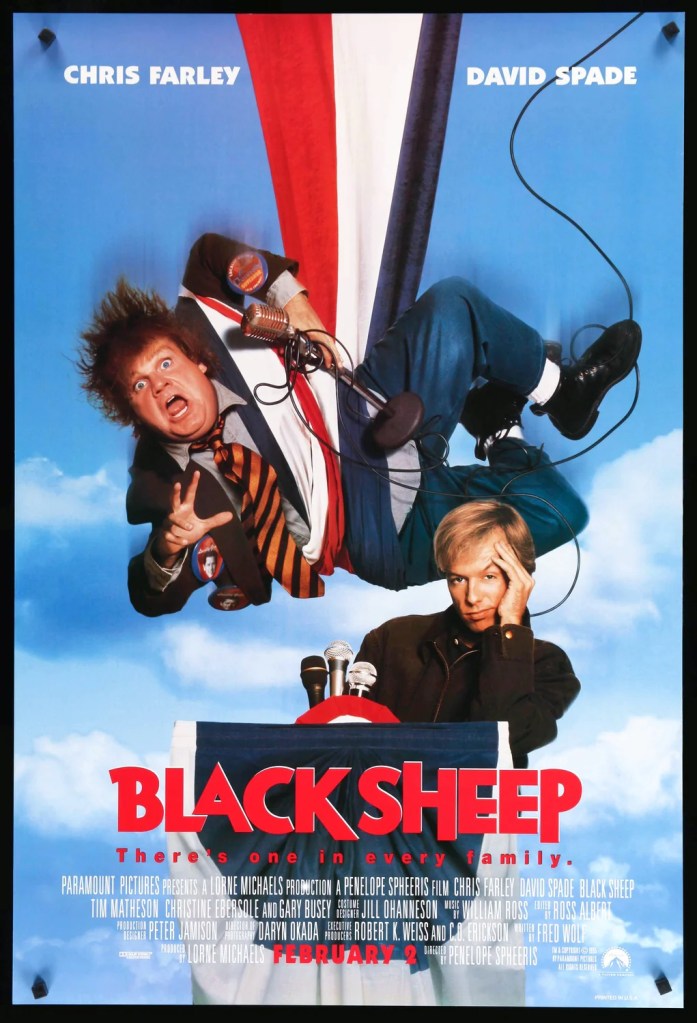
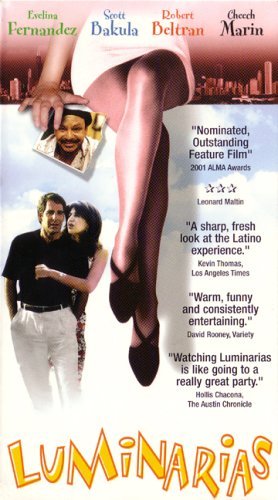
Films featuring Monterey Park include Penelope Spheeris’s Black Sheep, Luminarias, Invincible Scripture, and Loaner. Monterey Park is also the birthplace of actresses Mary Page Keller and Roberta Shore.

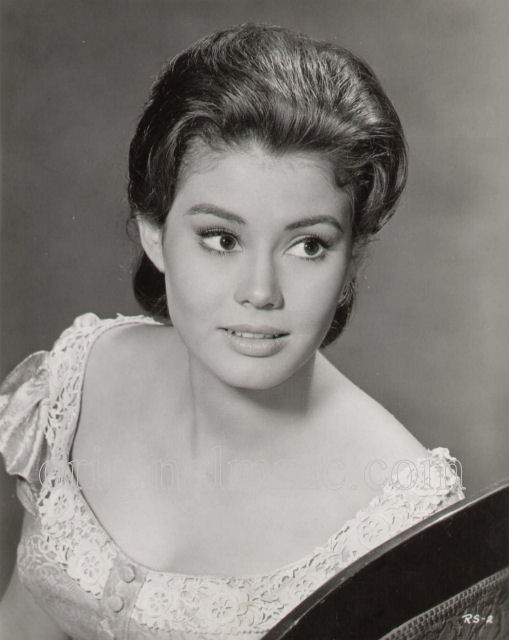
If you’re looking for Asian films, you could definitely do worse than Amoeba‘s Asian Cinema Section. However, if you need a larger selection or prefer VCDs to Blu-Ray, you could always check out Monterey Park’s Thai Video, East Red Currency Exchange, Big Liu Video Inc, or Ng Hing Kee of LA.
To vote for any communities you’d like to see covered in California Fool’s Gold, name them in the comments.
Support Eric Brightwell on Patreon
Eric Brightwell is an adventurer, essayist, rambler, explorer, cartographer, and guerrilla gardener who is always seeking paid writing, speaking, traveling, and art opportunities. He is not interested in generating advertorials, cranking out clickbait, or laboring away in a listicle mill “for exposure.”
Brightwell has written for Angels Walk LA, Amoeblog, Boom: A Journal of California, diaCRITICS, Hey Freelancer!, Hidden Los Angeles, and KCET Departures. His art has been featured by the American Institute of Architects, the Architecture & Design Museum, the Craft Contemporary, Form Follows Function, the Los Angeles County Store, Sidewalking: Coming to Terms With Los Angeles, Skid Row Housing Trust, and the 1650 Gallery.
Brightwell has been featured as subject and/or guest in The Los Angeles Times, VICE, Huffington Post, Los Angeles Magazine, LAist, CurbedLA, Office Hours Live, L.A. Untangled, Spectrum News, Eastsider LA, Boing Boing, Los Angeles, I’m Yours, Notebook on Cities and Culture, the Silver Lake History Collective, KCRW‘s Which Way, LA?, at Emerson College, and the University of Southern California.
Brightwell is currently writing a book about Los Angeles.
You can follow him on Ameba, Duolingo, Facebook, Goodreads, iNaturalist, Instagram, Mastodon, Medium, Mubi, the StoryGraph, TikTok, and Twitter.




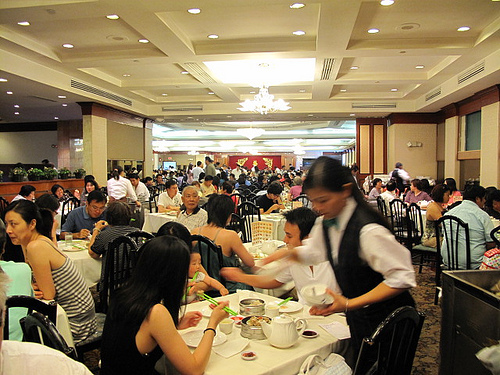
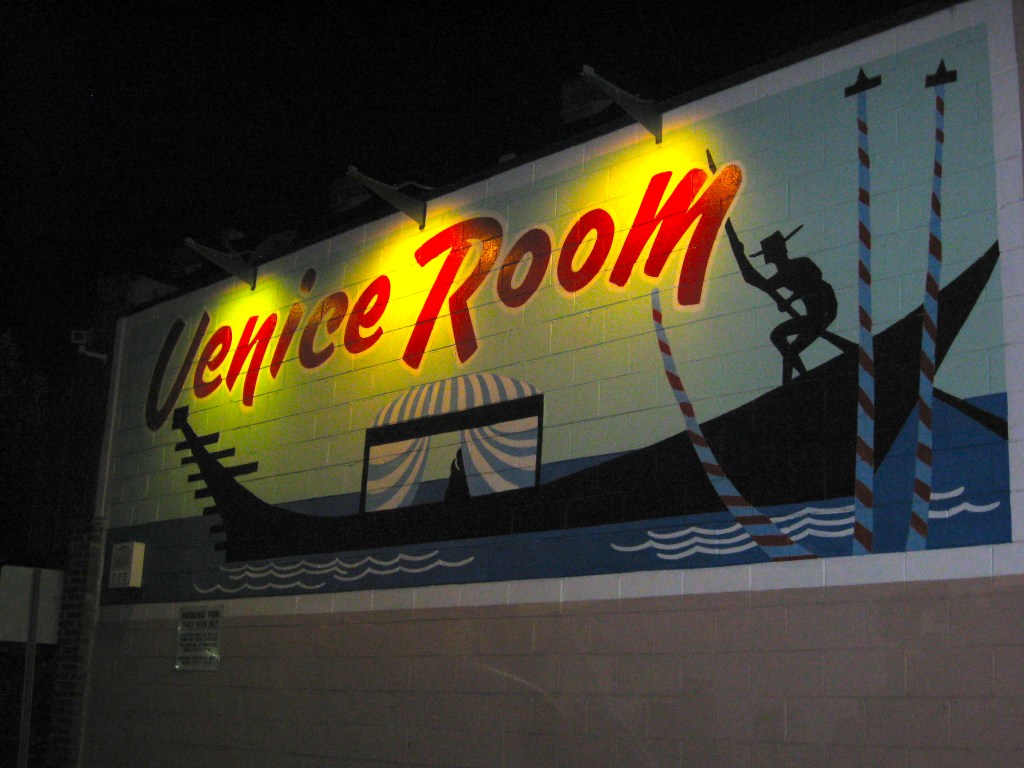
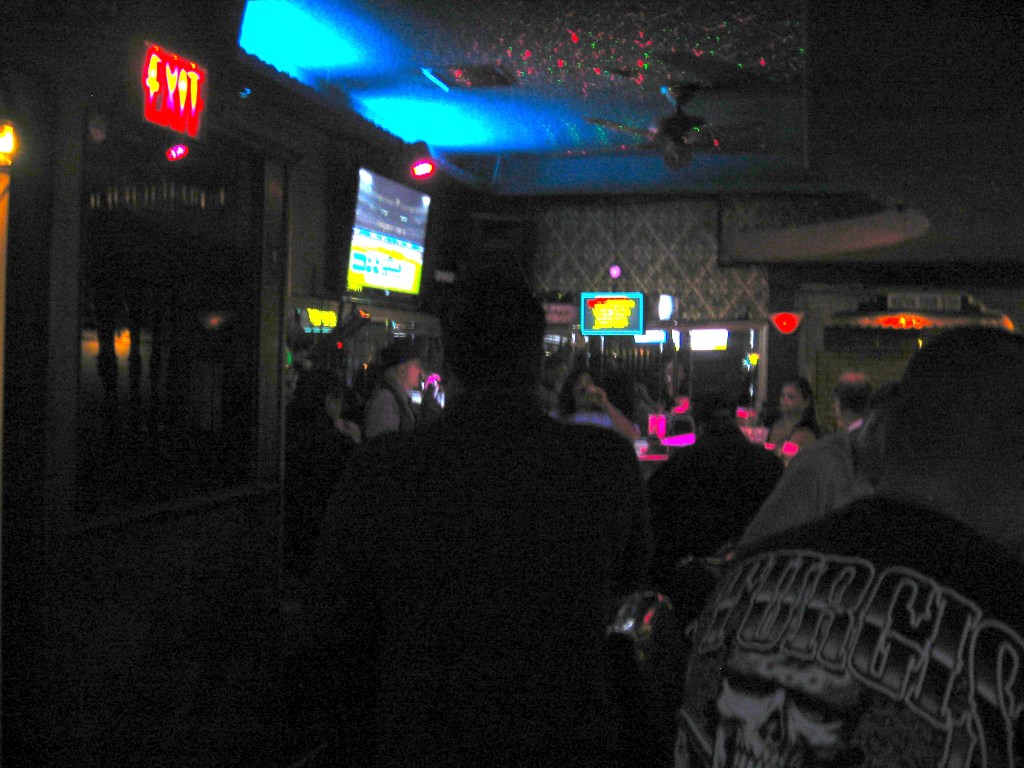
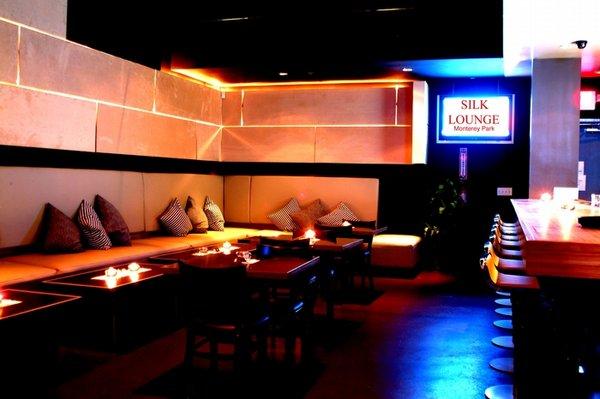
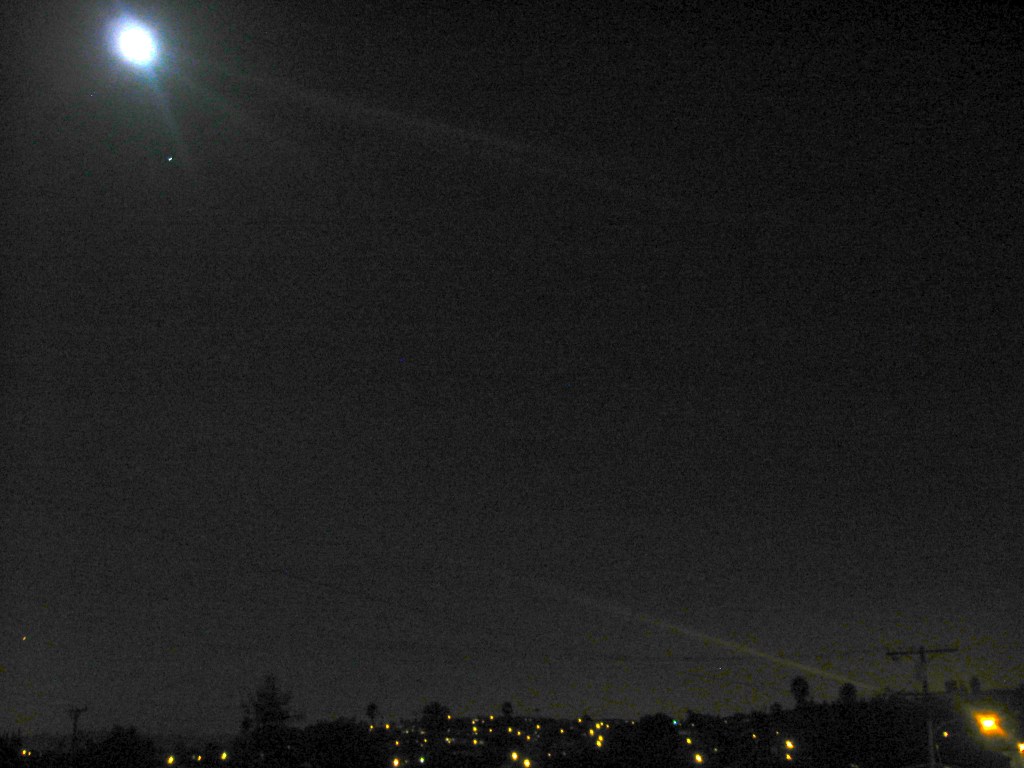
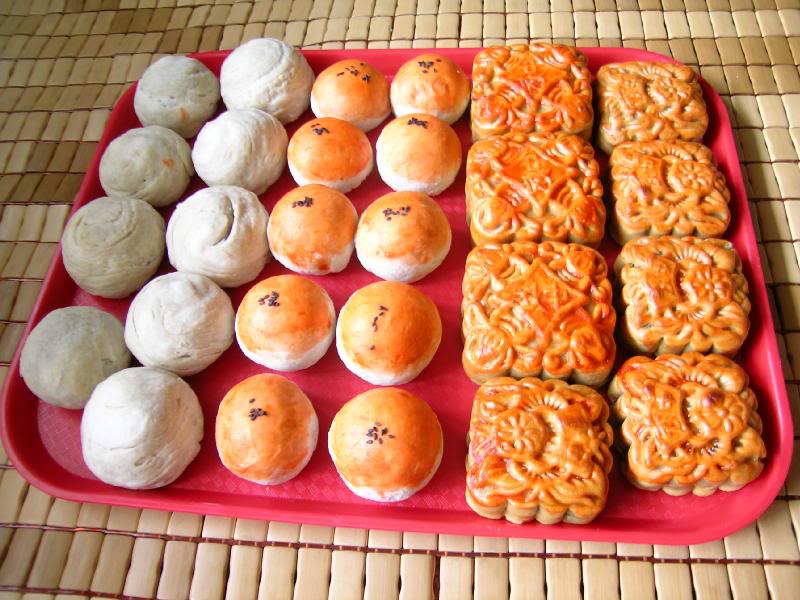



Outstanding !!
LikeLike